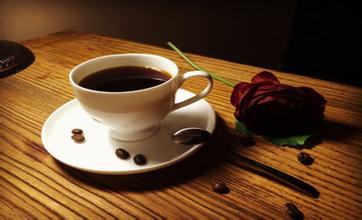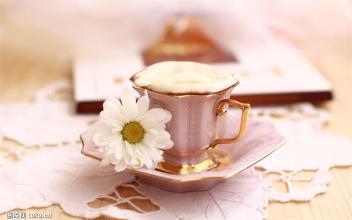Flavor description characteristics of Arabica and Robusta Coffee
Arabica grows in an area with an altitude of 600 - 2200 meters, a temperature of 15°-24°C, and an annual rainfall of 1200 - 2200 mm. From flowering to fruit ripening about 7 to 9 months, its bean shape is long, with a strong and round wet aroma, coffee made from Arabica coffee has a strong complex flavor such as: flowers, fruit, chocolate caramel and other flavors, the bitterness and acidity of the coffee made is quite balanced. It has less than 1.5% caffeine. Arabica beans are rich in aroma and taste, and taste softer and smoother. Therefore, it occupies a major position in the market. The caffeine content is about 1.5%.
It can be seen that the beans selected for good coffee should be Arabica, but only Arabica is too general, Arabica coffee will also have good and bad due to geographical location, growth environment, planting methods, etc. The area where Robusta grows is 0~800 meters above sea level, the temperature is 18~36℃, and the annual precipitation is 2200-3000 mm. From flowering to fruit ripening about 7 to 9 months, its beans are round, weak wet aroma and woody (woody), making coffee with a strong bitter taste and low acidity. Its caffeine content ranges from 1.8 to 3.5 percent. Robusta beans taste single, bitter, not enough to drink smooth, it is generally used in instant coffee, canned coffee, liquid coffee and other industrial coffee production, there are also a small part used to blend espresso beans, can improve the alcohol of espresso coffee
Robusta coffee beans are oval in shape, small in size, relatively round, with a crack in the middle that is a little swollen, with straight grooves, weak aroma and heavy bitterness, reminiscent of soybeans, mainly used to make instant coffee. Due to their origin in Africa, most Africans drink Robusta coffee Arabica coffee beans. The fruit is oval in shape. Generally, there are two slightly flat beans. The bean body is small and round, the front is long oval, and the crack in the middle is narrow and curved in an S shape. The back of the bean arc shape is relatively flat, mainly produced in South America, Central America, Africa, Asia, China's Yunnan, Hainan, Taiwan also planted a small amount of Arabica coffee beans Robasta coffee tree origin in Africa Congo, its output accounts for about 20% to 30% of the world's production. Robachinta coffee tree is suitable for planting in the lowlands below 500 meters above sea level. It has strong adaptability to the environment, strong resistance to diseases, and high yield. It does not need too much manual care when preparing soil, weeding, and pruning. It can grow freely in the wild. It is an easy to cultivate coffee tree.

Important Notice :
前街咖啡 FrontStreet Coffee has moved to new addredd:
FrontStreet Coffee Address: 315,Donghua East Road,GuangZhou
Tel:020 38364473
- Prev

Introduction to the method of grinding degree of varieties describing the taste characteristics of Italian-style coffee
Espresso usually takes 7 grams of coffee powder and 40 to 65 milliliters of water to make a small espresso. If you want the coffee to be stronger, you can reduce the amount of water. Boiled Espresso should be placed in a thick, small coffee cup that is pre-heated, and it will not taste until it is hot. The coffee beans that make espresso are usually Arabica beans. Do you use single beans?
- Next

When can the roasted coffee beans be drunk? how many days do you need to keep them?
Introduction to coffee roasting knowledge 1. Control the baking degree with time and constant attempts in exchange for success. (for example, I-ROAST) try roasting several times by adjusting the time on the machine, or by controlling the baking degree recommended by the manufacturer. Then adjust the baking degree according to the decreasing time. If you think this baking is too sour and too bright, then next time
Related
- Beginners will see the "Coffee pull flower" guide!
- What is the difference between ice blog purified milk and ordinary milk coffee?
- Why is the Philippines the largest producer of crops in Liberia?
- For coffee extraction, should the fine powder be retained?
- How does extracted espresso fill pressed powder? How much strength does it take to press the powder?
- How to make jasmine cold extract coffee? Is the jasmine + latte good?
- Will this little toy really make the coffee taste better? How does Lily Drip affect coffee extraction?
- Will the action of slapping the filter cup also affect coffee extraction?
- What's the difference between powder-to-water ratio and powder-to-liquid ratio?
- What is the Ethiopian local species? What does it have to do with Heirloom native species?

